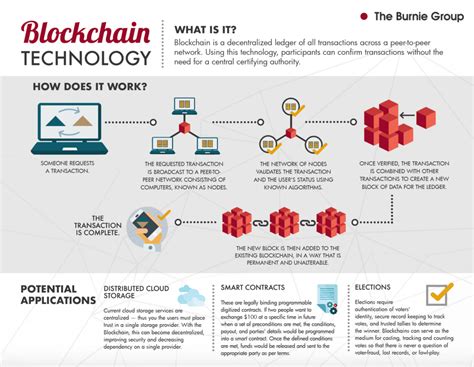Ethereum: Does Chainlink Have a Public Blockchain?
Ethereum: Does Chainlink Have a Public Blockchain?
When it comes to decentralized applications (dApps) built on the Ethereum blockchain, understanding the underlying infrastructure is crucial for both developers and users. One of the key components of the Ethereum ecosystem is Chainlink, a platform that enables the creation of oracle services for decentralized finance (DeFi), gaming, and other use cases.
However, one question has long puzzled enthusiasts: Does Chainlink have its own public blockchain? In this article, we’ll delve into the details of Chainlink’s architecture and explore whether or not it can be considered a self-sustaining public blockchain.
Ethereum Basics
Before diving into Chainlink, let’s quickly review the basics of Ethereum. The Ethereum network is a decentralized, open-source platform that enables the creation of smart contracts – self-executing contracts with the terms of the agreement written directly into lines of code. These contracts can automate various processes, such as trading or lending.
In 2015, Vitalik Buterin co-founded Ethereum, and since then, it has evolved into one of the largest and most influential blockchain platforms in the world. The Ethereum network is built on a public, decentralized ledger called the Beacon Chain, which enables peer-to-peer transactions without the need for intermediaries such as banks.
Chainlink: An Oracle Service
Chainlink’s primary function is to act as an oracle service for decentralized applications. An oracle is essentially a third-party service that provides real-time data from external sources, such as market prices or user-provided information. This data is then fed into smart contracts on the Ethereum network.
Chainlink Node
To run a Chainlink node, you need access to the Chainlink node software. A Chainlink node is essentially a program that listens for requests from other nodes and responds with the requested data. The node acts as an intermediary between users and external services, such as exchanges or data providers.
Running a Chainlink Node
To run a Chainlink node yourself, you need to download the Chainlink node software and follow these steps:
- Install Node.js and the Chainlink node software.
- Create a new Chainlink project using the official documentation and tutorials provided by Chainlink.
- Set up your Chainlink node by configuring network parameters and setting up Oracle services.
Doesn’t Chainlink have its own public blockchain?
Now, let’s address the question at hand: Does Chainlink have its own public blockchain? The short answer is no, it does not have its own public blockchain in the classic sense. While Chainlink nodes can be used to interact with external services and data sources, they themselves do not create a separate blockchain.
In other words, Chainlink nodes are simply software programs that act as intermediaries between users and external services. They do not store or validate transactions or data on their own blockchain; instead, they rely on the underlying Ethereum network for this purpose.
Why is it not considered a public blockchain?
There are several reasons why Chainlink is not considered a public blockchain:
- Decentralization: A blockchain is designed to be decentralized and permissionless, but Chainlink nodes are tightly integrated with the Ethereum network.
- Interoperability: Chainlink nodes interact with external services, which may have different protocols and architectures than the Ethereum network.
- Security

: While Chainlink’s node software is secure, it does not provide a decentralized, self-sustaining blockchain.
Conclusion
In conclusion, while Chainlink plays a critical role in enabling oracle services for decentralized applications, its own public blockchain is not necessary or possible.

